Description
Versatility and Low Maintenance – Add an Umbrella to Your Forecast
If left to grow tall, the Schefflera will lose its lower leaves, leaving a straight trunk and a large “top” – which is why this tropical beauty is often called the Umbrella Tree. Its large shiny leaves grow in clusters, giving the plant a rounded form that smart landscapers often use to hide something, like an air conditioning unit, meters on a wall, or even the view into the backyard. Strong winds may cause damage, so it’s best to plant in a protected location. Outdoors, this plant can grow extremely tall, so be sure to keep trimming to your preferred height.
Caring for your Umbrella Tree
The Schefflera, commonly known as the Umbrella Tree, is a popular indoor plant known for its unique foliage that mimics the shape of an umbrella. The most common varieties include the Schefflera actinophylla and the Schefflera arboricola. Easy to care for and captivating to look at, this plant is a staple in homes and offices alike. Here is a detailed guide on how to care for your Umbrella Tree.
Light
Umbrella Trees thrive in bright, indirect sunlight but are forgiving and can tolerate low light conditions to some extent. However, a lack of sufficient light can result in sparse, elongated, and leggy growth. If you’re keeping your plant indoors, place it near a north or east-facing window, or alternatively, under fluorescent lights. Rotate your plant every few weeks to ensure even growth on all sides.
Water
Umbrella Trees like consistent moisture but despise being waterlogged. Wait until the top inch of soil is dry to the touch before watering your plant again. Overwatering can lead to root rot, a condition often signified by yellow leaves and a musty odor emanating from the soil. In the winter months, you can reduce your watering frequency, as the plant’s growth slows down.
As for humidity, Umbrella Trees are relatively forgiving but will appreciate a more humid environment. If you find the leaf tips turning brown, that’s a signal your plant would enjoy higher humidity. Place a water-filled pebble tray near the plant, or consider grouping it with other plants to raise moisture levels.
Soil
Opt for a well-draining potting mix that contains a good proportion of peat moss, pine bark, and perlite. Good drainage is crucial to prevent overwatering and root rot. It’s a good idea to repot the plant every couple of years to refresh the soil and check the root system.
Repot your Umbrella Tree when it becomes root-bound or when the soil appears depleted. This is generally needed every 2-3 years. Select a pot that is 1-2 inches larger in diameter than the current one. Be careful while handling the root ball to minimize damage.
Fertilization
A balanced, slow-release fertilizer with a ratio of 20-20-20 works well for Umbrella Trees. Fertilize once a month during the growing season—usually spring and summer. Hold off on fertilizing during the winter months when the plant is in its dormant phase.
Pruning
If your Umbrella Tree becomes too tall or leggy, feel free to prune it back. Use clean, sharp shears to cut off elongated stems and leaves. Pruning will not only help maintain the plant’s shape but also encourage denser growth. The best time to prune is early spring before the plant resumes its growing season.
Pests and Diseases
Keep an eye out for common pests like spider mites, scale, and mealybugs. These can be treated with insecticidal soap or neem oil. Regularly inspect the leaves and stems for signs of infection. Fungal and bacterial diseases are usually a result of excessive moisture, either from overwatering or high humidity. In such cases, reducing watering frequency and improving air circulation can mitigate the problem.
Toxicity
It’s important to note that all parts of the Umbrella Tree are toxic to pets. If ingested, it can cause gastrointestinal issues in animals. Always keep the plant out of reach of pets and small children.

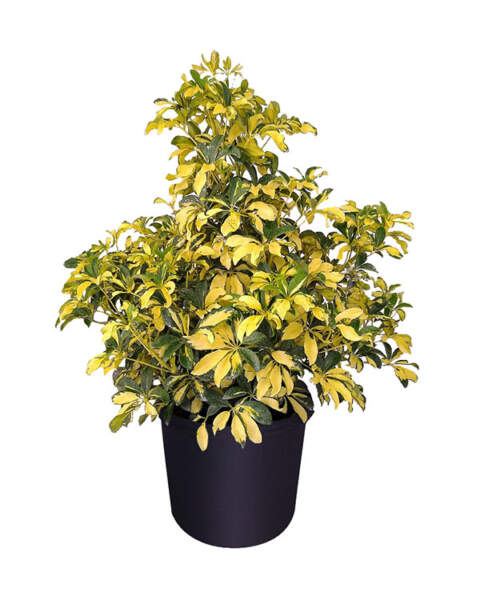
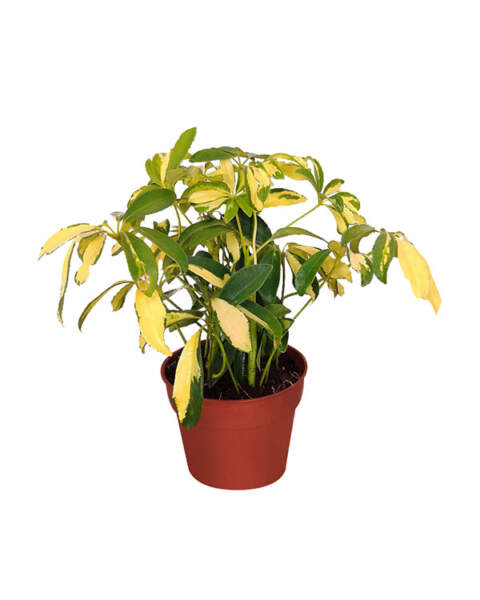
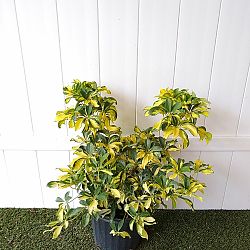
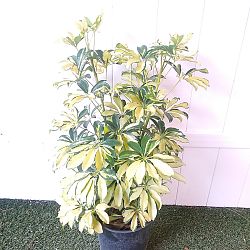
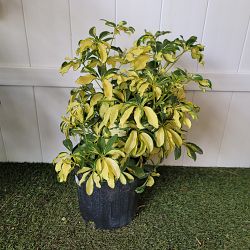
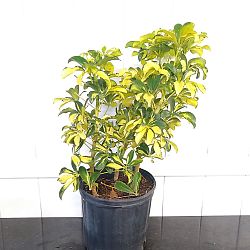
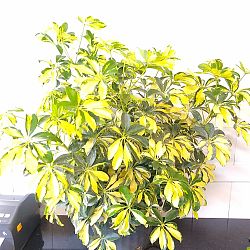
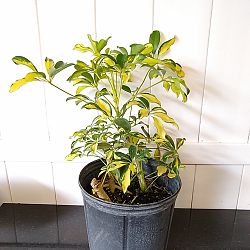
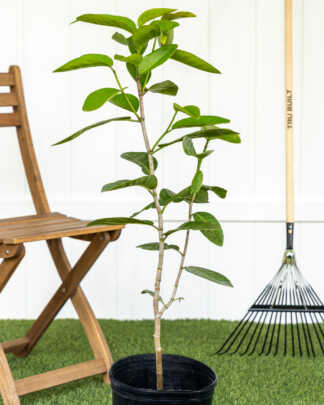
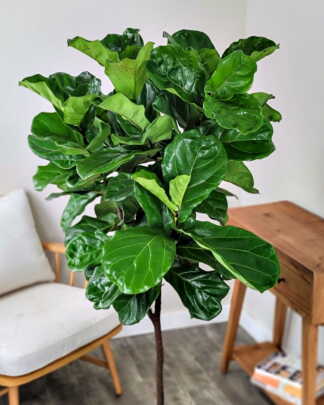
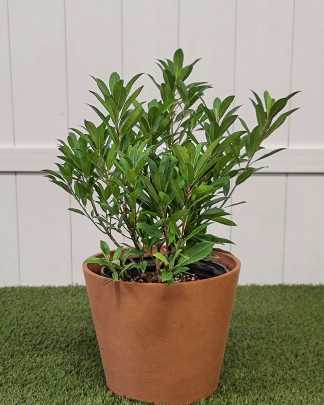
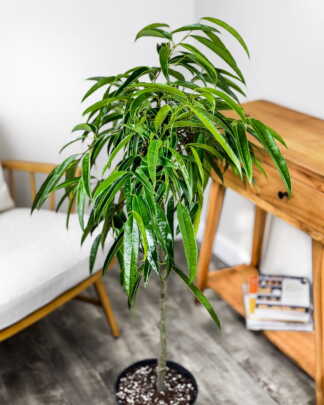
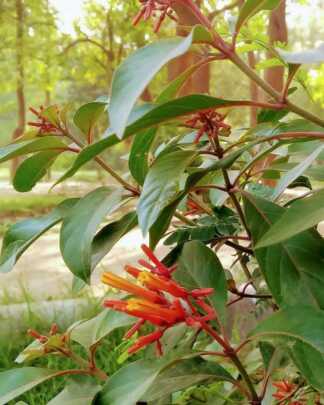


LINDA R BARTON (verified owner) –
Sue –
I have clusters of berries on my bush, that looks like an umbrella bush. It’s really a beautiful bush, and this is the first year I have these berries the bush was here 22 years ago when we bought the house.
Ronda D. (verified owner) –
Julia E. (verified owner) –
Pretty plant but it’s losing leaves at a very high rate. Don’t know if it’s in shock or if I’m doing something wrong. Considering this plant was quite expensive, it’s alarming that so many leaves are dropping.